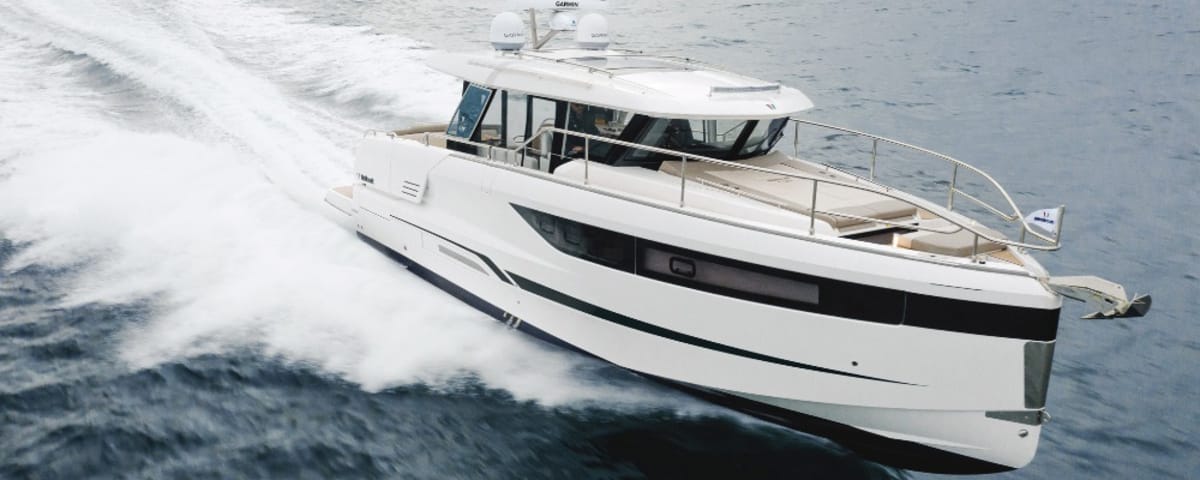The Paddle Wheel Boat: A Journey Through Time and Water
The paddle wheel boat, a type of flat-bottomed steamboat with a shallow draft, is designed for easy navigation on shallow rivers, such as the Mississippi or the Rhône. These iconic 19th-century vessels have long been symbols of technical progress and river adventure.
Origins and Evolution
The paddle wheel represents one of the earliest forms of mechanical propulsion on water. Its origins can be traced back to ancient China, where it was used as early as the Song Dynasty (960-1279). These wheels, originally powered by human or animal force, were a key element in the naval dominance of the time. Thanks to them, Chinese ships were not only faster but also more maneuverable than those of their adversaries, giving them a distinct strategic advantage during conflicts.
With the Industrial Revolution, steam propulsion revolutionized river navigation. French physicist Denis Papin is often credited with inventing the first steam-powered paddle wheel. This system relied on producing steam from a heated reservoir on board the ship. This steam set in motion a rotary mechanism, driving the paddles of the wheel and thus propelling the boat.
Early paddle wheels had fixed paddles. However, this system was relatively inefficient because the thrust generated by each paddle was not optimized, especially when entering or exiting the water. To remedy this, engineers developed articulated paddles, capable of adjusting during immersion to maintain optimal orientation. This innovation significantly improved the performance and speed of paddle wheel ships.
Historical Significance
In the past, these boats were widely used for transporting goods and passengers. As true floating commercial arteries, they played a crucial role in the economic development of many regions, particularly in the United States, where they connected major cities and facilitated trade on rivers.
There are two main types of paddle wheel boats:
- Sidewheelers, or side-wheel boats, which have a paddle wheel on each side of the hull. They were often more stable and better suited to large rivers.
- Sternwheelers, or rear-wheel boats, which have only one wheel located at the rear of the boat. More compact, they were appreciated for their ability to maneuver in narrower or more winding waters.
Paddle Wheel Boats Today
Today, paddle wheel boats are mainly present in a tourist or heritage context, where they nostalgically recall a bygone era, marked by the elegance of river cruises and the rise of slow travel.
If you want to take a ride in a paddle wheel boat, you can choose to go to Disneyland Paris or take a stroll on the Loire.
For example, CroisiEurope offers several cruises aboard the MS Loire Princesse, a paddle wheel boat. With the cruise “The Loire, a royal river”, sail between Nantes, Saint-Nazaire, Ancenis and Bouchemaine. You will discover sumptuous landscapes as well as the Châteaux de la Loire. This cruise lasts 8 days, full board, for a price starting from €2145.
You can also take cruises in these boats on the Mississippi.
Steamboat Natchez offers several cruises, including two day trips. During the “Sunday Jass Brunch Cruise”, you will travel for 2 hours aboard a paddle wheel boat. You can have brunch and listen to live Jazz music. If you eat on board the boat, the prices will be $65 for an adult and $27.50 for a child aged 6 to 12 years. You can also choose to dine on board the boat, while enjoying a Jazz concert. This time, the prices will be $87 for an adult and $40 for a child between 6 and 12 years.
However, if you want a longer cruise, American Cruise Lines offers a 15-day cruise aboard the Queen of Mississippi. You will travel on the Mississippi through 10 states, from New Orleans to Saint Paul, always with a background of jazz music on the boat, starting at $11,030.
Enjoyed this post by Thibault Helle? Subscribe for more insights and updates straight from the source.


